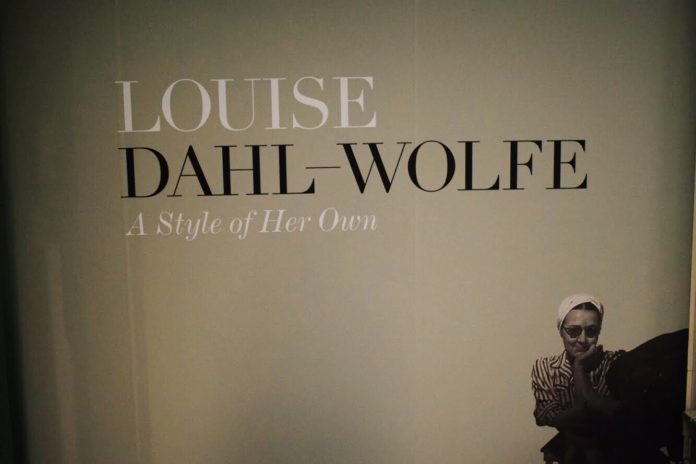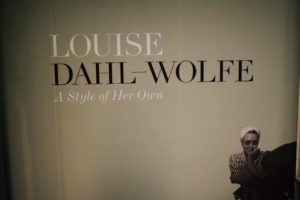
I am not one to keep up with current fashion, and many popular trends confuse me. But I am an avid fan of effortless fashion that will stand the test of time, and Louise Dahl-Wolfe managed throughout her career to capture this timeless style that I admire. So I headed straight on down to London’s Museum of Fashion and Textiles when I found out they were displaying her work.
This quaint museum, tucked in a back alley in Bermondsey, is different to others of its kind in London. There are no permanent pieces at the F&T museum. The building is dedicated to one collection at a time, with exhibitions lasting around three months each.
The Louise Dahl-Wolfe exhibition was designed beautifully, with walls painted in bold colours, big posters, and mannequins that you could pose for pictures with.
It was not just a show of Louise Dahl-Wolfe’s work, it told her story as well. The exhibition starts with her iconic Harper’s Bazaar covers as a bold introduction to her best-known style of photography.
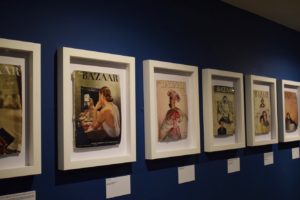
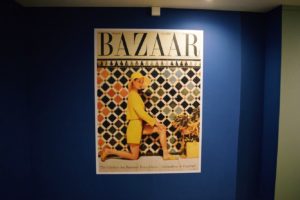
Then you step back to the beginning of Dahl-Wolfe’s career, and a collection of minimalist black and white photographs that contrast with the colours of the first room. The juxtaposition gives you a strong sense of the creative journey that Dahl-Wolfe went on, and of the work she did besides portraiture.
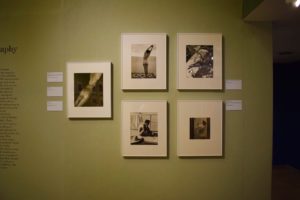
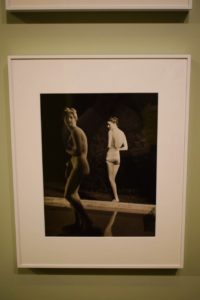
It’s these portraits that fill the next section, of everyone from silver screen movie stars to dystopian authors. The scope of her subjects is mesmerising. I was fascinating by her ability to find the beauty in all faces, whether stereotypically beautiful or not. And, of course Lauren Bacall makes many appearances in this exhibition, as Dahl-Wolfe played a role in her discovery.
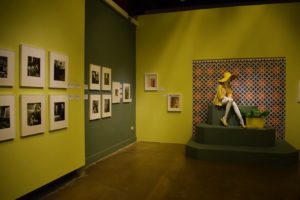
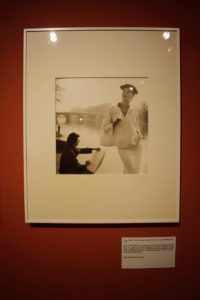
Finally, upstairs, you come to some of Dahl-Wolfe’s most celebrated works, such as Suzy Parker by the Seine. The low light and deep umber walls in these spaces added a comforting feeling of warmth to these black and white shots.
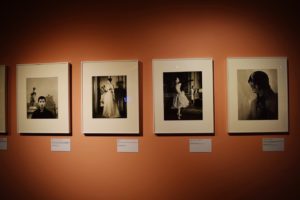
What really stood out for me was the simplicity of the exhibition. Other than a few copies of Harper’s Bazaar dotted around in glass cases, the photographs were allowed to speak for themselves. No music, no quotes singing her praises, just the pure talent, left alone to enthral and inspire the public.

